Crapemyrtle (Crape Myrtle) Tree
- June 19, 2023
- 0 comment
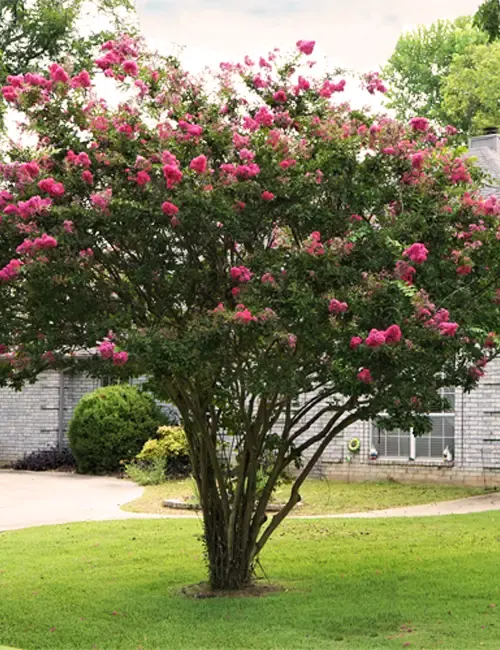
Common Name: Crapemyrtle (Crape Myrtle)
Botanical Name: Lagerstroemia indica
Family: Lythraceae
Plant Type: Deciduous tree or shrub
The Crapemyrtle, also known as Crape Myrtle, is a beloved ornamental tree that adds beauty and charm to gardens around the world. With its vibrant flowers, attractive bark, and easy care requirements, it has become a favorite among gardeners. Let’s delve into the various aspects of this delightful tree.
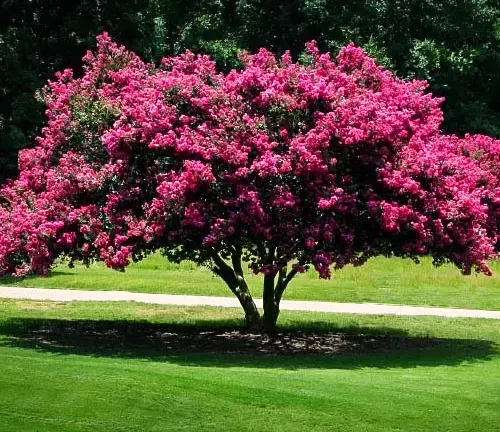
Mature Size and Growth Rate
Crapemyrtle trees can reach a mature height of 10 to 30 feet, depending on the variety. They have a moderate growth rate, typically growing between 1 and 2 feet per year. However, some dwarf varieties stay compact and are suitable for smaller gardens or container planting.
Soil Type and Preference
Crapemyrtles prefer well-draining soil and thrive in a variety of soil types, including clay, loam, and sandy soils. While they are adaptable, they perform best in slightly acidic to neutral soil pH levels.
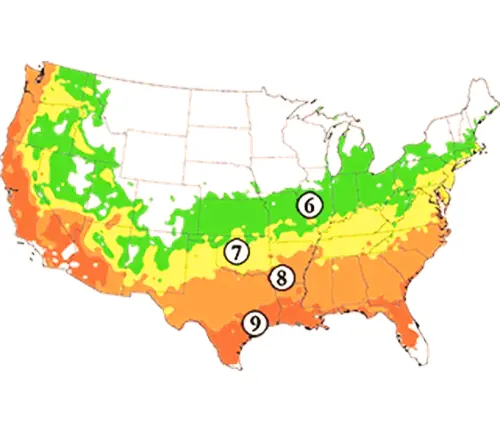
Hardiness Zones and Sun Preference
These trees are resilient and can withstand a wide range of climates. They are hardy in USDA Zones 6 to 9. They require full sun exposure to bloom abundantly and develop their signature colorful flowers. At least six hours of direct sunlight per day is ideal.
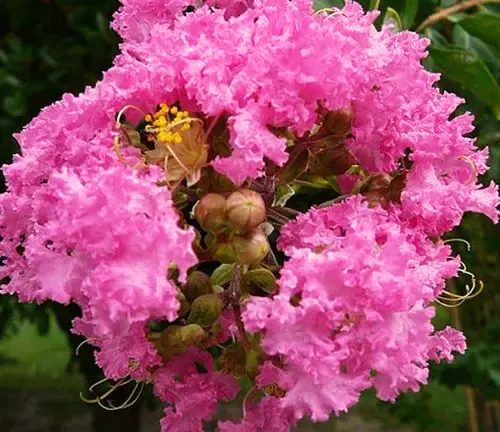
Attributes and Characteristics
Crapemyrtles are known for their stunning and long-lasting flower clusters, which appear in shades of white, pink, red, and purple. Their blossoms create a striking contrast against their smooth, exfoliating bark, which exhibits shades of gray, brown, and tan. In the fall, their foliage turns vibrant shades of orange, red, and yellow, adding another layer of visual interest to your landscape.

Wildlife Value
These trees are beneficial to wildlife, attracting bees, butterflies, and other pollinators with their nectar-rich flowers. The flowers also produce small, hard capsules that provide a food source for birds during the winter months.
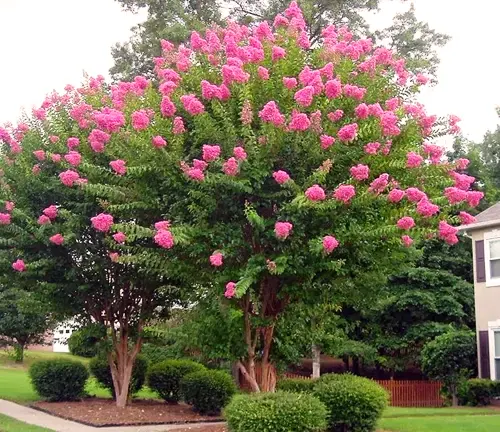
Care
Crapemyrtles are relatively low-maintenance trees. Regular watering, especially during dry spells, helps them establish strong root systems. Mulching around the base of the tree helps retain moisture and regulate soil temperature. Pruning should be done during late winter or early spring to promote vigorous growth and enhance their natural shape.
Benefits
Aside from their aesthetic appeal, Crapemyrtles offer several benefits. Their dense foliage provides privacy and can be used as a windbreak. The vibrant flowers and attractive bark make them excellent focal points in any garden or landscape design. Additionally, they are generally resistant to deer browsing.
Invasive
Crapemyrtles are not considered invasive. They are well-behaved plants and do not pose a threat to native ecosystems.
Lifespan
With proper care, Crapemyrtles can live for several decades. Some well-established trees have been known to survive for over 50 years.
Disadvantage
One potential drawback of Crapemyrtle trees is their susceptibility to powdery mildew, a fungal disease that can affect their leaves during hot and humid conditions. However, selecting disease-resistant varieties and ensuring proper air circulation can help mitigate this issue.
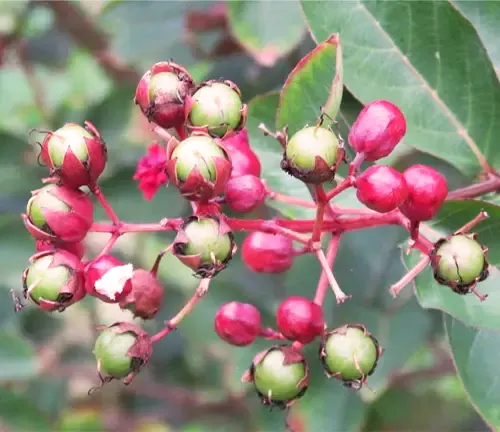
Edible or Not
While Crapemyrtle leaves and flowers are not typically consumed by humans, they are not toxic. However, it’s essential to note that they are not grown for culinary purposes.
Habitat Requirements
Crapemyrtles thrive in a variety of habitats, including gardens, parks, and urban landscapes. They adapt well to different soil conditions and are suitable for both small and large planting spaces.
Name Origin
The name “Crapemyrtle” is believed to have originated from the resemblance of the tree’s flower clusters to crepe fabric. The botanical name, Lagerstroemia indica, honors Magnus von Lagerström, a Swedish merchant and plant collector who contributed to the understanding of Asian flora.
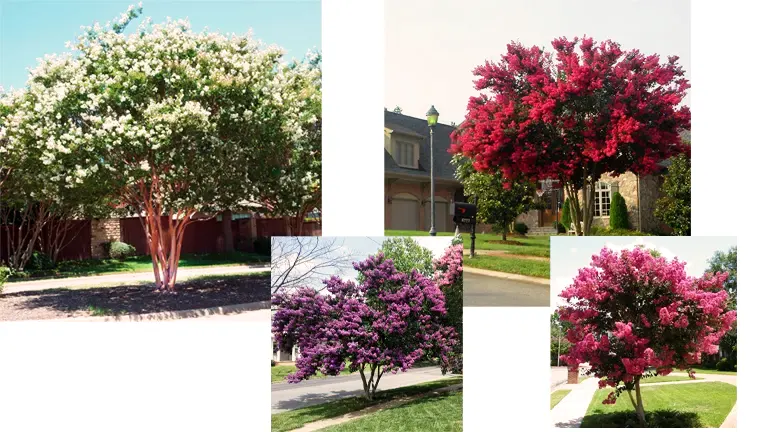
Varieties
There are numerous Crapemyrtle varieties available, offering a wide range of colors, sizes, and growth habits. Some popular cultivars include ‘Natchez’ (white flowers), ‘Dynamite’ (red flowers), ‘Tuscarora’ (coral-pink flowers), and ‘Zuni’ (lavender flowers). Dwarf varieties like ‘Pocomoke’ and ‘Chickasaw’ are great choices for smaller spaces.
Pruning
Pruning Crapemyrtles is primarily done for shape and size control, and to promote better flowering. It is best to prune during late winter or early spring before new growth begins. Remove dead or damaged branches and thin out dense growth to improve air circulation within the canopy.
Propagating
Crapemyrtles can be propagated through several methods, including stem cuttings, air layering, and seed germination. Stem cuttings taken in late spring or early summer have a high success rate. Propagation from seeds may be slower, but it allows for genetic variation.
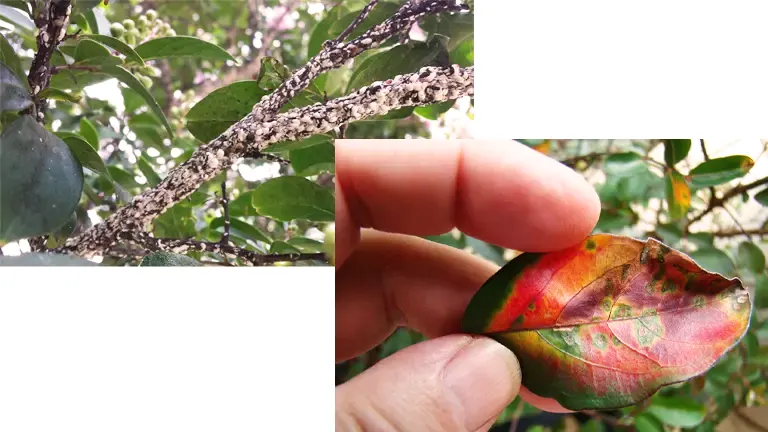
Common Pests & Diseases
Crapemyrtles can be affected by pests such as aphids, scale insects, and Japanese beetles. Regular monitoring and appropriate pest management strategies can help control these issues. As mentioned earlier, powdery mildew is a common fungal disease, but many disease-resistant varieties are available to mitigate this problem.
Fun Facts:
- The Crapemyrtle is the official tree of the city of McKinney, Texas.
- The bark of some Crapemyrtle species has been used in traditional medicine for its astringent properties.
- The National Arboretum in Washington, D.C., has developed and introduced many disease-resistant Crapemyrtle cultivars.
Frequently Asked Questions:
- Q: How often should I water my Crapemyrtle?
A: Young trees require regular watering to establish deep roots. Watering once or twice a week, providing one inch of water each time, is generally sufficient. Mature trees are more drought-tolerant but still benefit from occasional deep watering during dry spells. - Q: Can I grow a Crapemyrtle in a container?
A: Yes, you can grow certain dwarf varieties of Crapemyrtle in containers. Ensure the container has proper drainage, use a well-draining potting mix, and provide adequate sunlight and water. - Q: When do Crapemyrtles bloom?
A: Crapemyrtles typically bloom in late spring or early summer and continue blooming through the summer months. The exact timing and duration of bloom may vary depending on the climate and the specific variety. - Q: Can I grow a Crapemyrtle from seed?
A: Yes, you can grow Crapemyrtle trees from seed. However, keep in mind that the resulting tree may not exhibit the exact traits of the parent plant, as there can be genetic variation. - Q: Do Crapemyrtles attract butterflies?
A: Yes, Crapemyrtles are known to attract butterflies and other pollinators with their nectar-rich flowers.
In conclusion, the Crapemyrtle tree, or Crape Myrtle, is a stunning addition to any garden or landscape. Its vibrant flowers, attractive bark, and low-maintenance nature make it a popular choice among gardeners. Whether you desire a focal point, a windbreak, or a wildlife-friendly plant, the Crapemyrtle has much to offer. Consider adding this delightful tree to your outdoor space and enjoy its beauty for years to come.


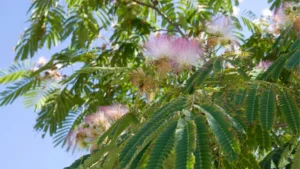

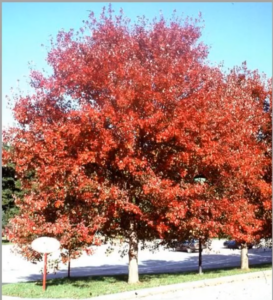
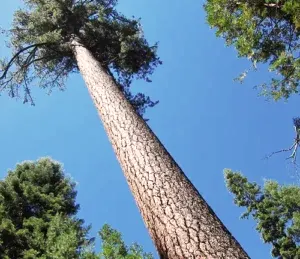
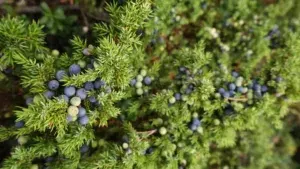
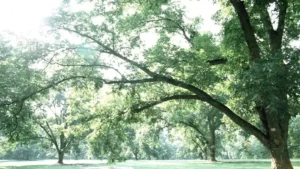
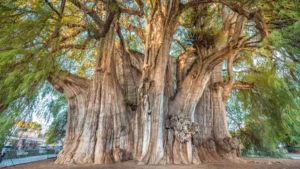
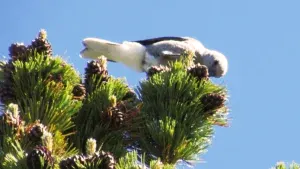
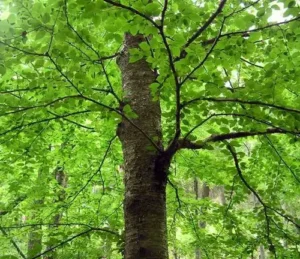
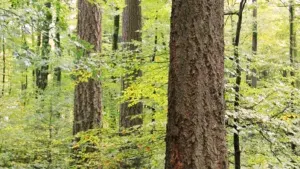
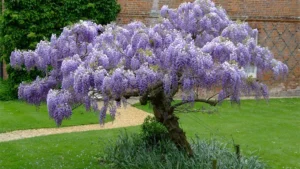
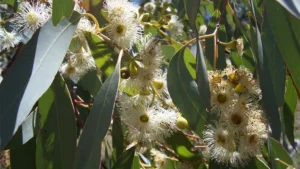
Leave your comment